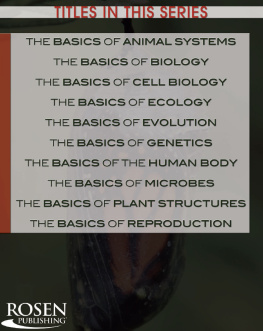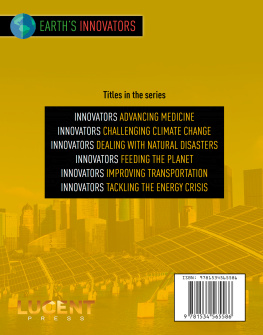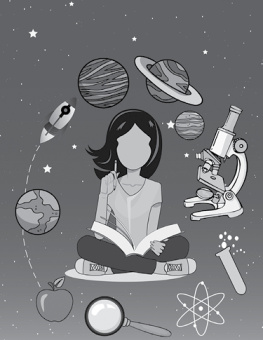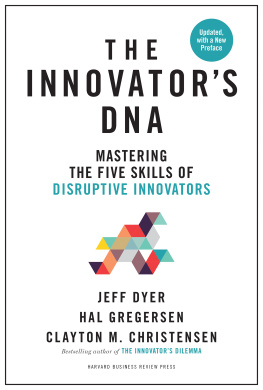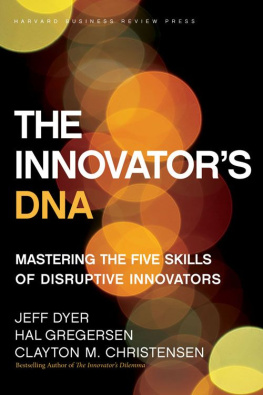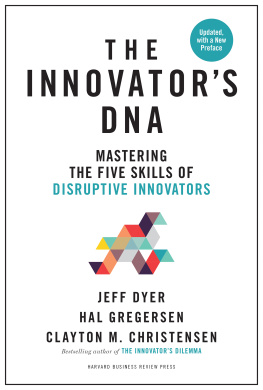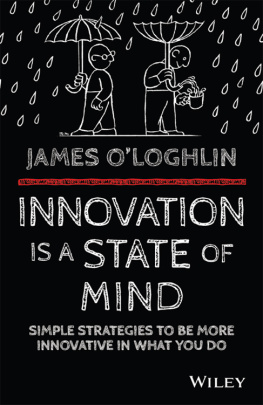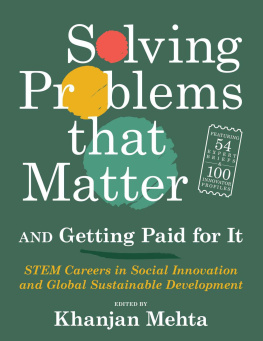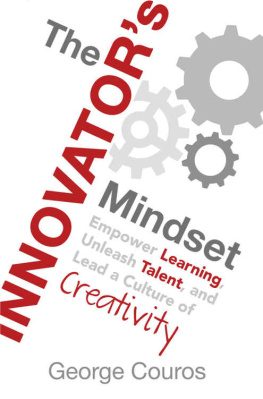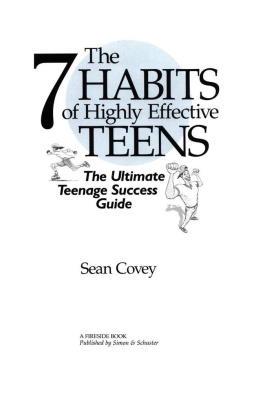This edition published in 2014 by:
The Rosen Publishing Group, Inc.
29 East 21st Street
New York, NY 10010
Additional end matter copyright 2014 by The Rosen Publishing Group, Inc.
All rights reserved. No part of this book may be reproduced in any form without permission in writing from the publisher, except by a reviewer.
Library of Congress Cataloging-in-Publication Data
Wanjie, Anne.
The basics of evolution/Anne Wanjie.1st ed.New York:
Rosen, 2014
p. cm.(Core concepts)
Includes bibliographical references and index.
ISBN 978-1-4777-0557-5 (library binding)
1. Evolution (biology)Juvenile literature. I. Title.
QH367.1 .W36 2014
576.8
Manufactured in the United States of America
CPSIA Compliance Information: Batch #S13YA: For further information, contact Rosen Publishing, New York, New York, at 1-800-237-9932.
2004 Brown Bear Books Ltd.
CONTENTS
CHAPTER 1: EVOLUTION DEFINED
CHAPTER 2: SUPPORT FOR EVOLUTION
CHAPTER 3: WHAT IS NATURAL SELECTION?
CHAPTER 4: UNDERSTANDING GENETICS AND EVOLUTION
CHAPTER 5: UNDERSTANDING POPULATION GENETICS
CHAPTER 6: EVOLUTIONARY PATTERNS
CHAPTER 7: THE BEGINNINGS OF LIFE ON EARTH
CHAPTER 8: THE EVOLUTION OF HUMANS
CHAPTER 9: BIOGRAPHY: CHARLES DARWIN
GLOSSARY
FOR MORE INFORMATION
FOR FURTHER READING
INDEX
CHAPTER ONE
EVOLUTION DEFINED
Evolution is the process of change in groups of creatures over time.
S pecies (types) of living things change over long periods of time to adapt to their environment. Biologists call this process evolution. Although it is a pillar of biological thinking today, the theory of evolution was shocking when it was first proposed since it challenged religious views of how life on Earth began.
The publication in 1859 of English naturalist Charles Darwins (18091882) book On the Origin of Species changed biological thinking completely and had a profound influence in many other fields as well. Darwin suggested that the variety of life can be explained by a process called natural selection. In nature more individuals are born than survive to adulthood. Certain individuals survive because they have some advantage over the others. These individuals are more successful in breeding and passing on the advantage to their young. This process is the driving force behind evolution.
Two Darwins rheas. These flightless South American birds resemble African ostriches and Australian emus, but each of these large bird species has evolved in isolation for millions of years.
Evidence that Darwin was right is abundant. There are fossils that show the course of evolution over time in certain groups of organisms, such as horses. Evolution is also supported by studies of DNA that shed light on the common ancestry of different organisms.
GENERATING SPONTANEOUSLY
Many people attempted to explain diversity in the natural world before Darwin. A widespread belief was the theory of spontaneous generationthat species arose from matter such as decaying organic material. The appearance of maggots and mice in conditions that seemed lifeless suggested that organisms could originate from nothing.
JEAN BAPTISTE LAMARCK
Fifty years before The Origin of Species French naturalist Jean Baptiste Lamarck (17441829) developed a theory that suggested that different species arose by changing from already existing ones. He thought that favorable features gained during a parents lifetime would be passed on to offspringan idea known as Lamarckism.
Barnacle geese breed in the Arctic in the summer and over winter in northern Europe. They are so named because people once believed that the birdswhich arrived in the fall seemingly from nowhere and disappeared just as mysteriously in springhatched from barnacles along the coast.
SHEEP SELECTION
To get an idea of how selection works, imagine a farmer has some sheep, half of which are white and the rest black. Needing white rather than black wool, the farmer selects the white sheep for mating. Because the colors are inherited, he soon has a flock of mostly white sheep.
Years earlier some of the flock escaped into a local forest. Their only predators, wolves, hunted at night and often caught the conspicuous white sheep. Soon the sheep of the forest became mostly blackbecause of natural selection rather than selection by the farmer.
Lamarck suggested that changes in an organisms needs due to environmental changes could make body structures increase or decrease in size based on how much they were used. Lamarcks ideas were attacked during his lifetime and later proven to be false. Today, Lamarck is remembered only for his discredited theory, and Lamarckism remains a byword for poor biology. However, modern biologists who criticize Lamarck have the benefit of hindsight. Lamarck was actually a very talented naturalist who made a number of important zoological discoveries.
EVOLUTION AND CREATIONISM
Darwins theories were at odds with the teachings of the Bible, which asserted that Earth and all the organisms on it were created by God. The argument continues to this day. People who believe that all life on Earth is the work of an all-powerful being are called creationists. They do not accept evolutionary theory as fact.
A fossil herring. From such fossil evidence scientists can figure out how living organisms have evolved over millions of years.
HOW IS EVOLUTION STUDIED?
Today, biologists study the process of evolution in a number of different ways. Population geneticists look at the different factors that affect inheritance. Paleontologists focus on fossils and other evidence to study how organisms evolved long ago in the past. Ecologists examine how relationships between organisms and the environment they live in can affect the process of evolution. Studies like these provide crucial information for biologists. They interpret the evidence to figure out evolutionary relationships that link different species.
DARWINS BULLDOG
Although Charles Darwin developed the theory of natural selection, it only became accepted after vigorous defense by other scientists against the religious establishment. Thomas Huxley (18251895), often called Darwins bulldog, was the most formidable of them. Huxley is best known for an 1860 debate on evolution with Bishop Samuel Wilberforce (18061873). Wilberforce made a gentle joke about Huxleys ancestry. The furious Huxley replied that he would rather be descended from an ape than a bishop!
CHAPTER TWO

